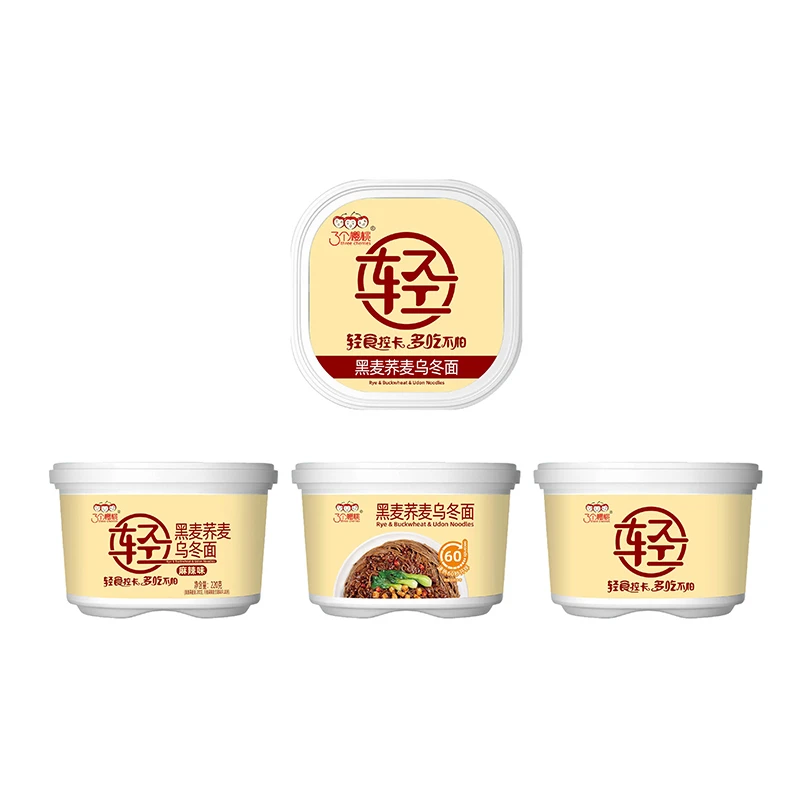difference between udon and soba
The Difference Between Udon and Soba A Culinary Exploration
Japanese cuisine is renowned for its diversity, with a variety of noodle dishes that capture the culinary essence of the country. Among these, Udon and Soba stand out as two of the most popular types of noodles. While both serve as staples in Japanese cuisine, they possess distinct characteristics that set them apart. This article delves into the differences between Udon and Soba, exploring their ingredients, texture, nutritional value, and how they are typically served.
Ingredients
Udon and Soba differ primarily in their ingredients. Udon noodles are made from wheat flour, water, and salt. The dough is kneaded until it reaches the right consistency, rolled out, and then cut into thick, flat strands. This results in a chewy, soft noodle that has a hearty texture and can absorb flavors well.
In contrast, Soba noodles are primarily made from buckwheat flour, though they often contain a small percentage of wheat flour to aid in binding. Buckwheat, a nutritious grain, gives Soba a rich, nutty flavor and a darker color compared to Udon. The texture of Soba is typically more delicate and the noodles are thinner than Udon, which affects how they are prepared and served.
Texture and Appearance
When it comes to texture, Udon is known for its thick, chewy strands that provide a satisfying bite. This chewy quality makes Udon ideal for holding up in hearty broths. Soba, on the other hand, has a smooth, slippery texture, resembling spaghetti more than the thick, rubbery Udon. The thinner strands of Soba cook quickly and can be prepared to achieve a more al dente quality, making it perfect for cold dishes enjoyed during the hot summer months.
Visually, Udon noodles are broad and white, while Soba noodles are typically brown and more slender
. This visual difference not only distinguishes the two but also impacts how they are presented in dishes.difference between udon and soba

Nutritional Value
Nutritionally, Udon and Soba have different profiles due to their primary ingredients. Udon, being wheat-based, is primarily composed of carbohydrates with a moderate amount of protein. While wheat flour is a good source of energy, Udon lacks the complex nutrients found in buckwheat.
Soba, on the other hand, boasts a higher nutritional value. Buckwheat is a complete protein, meaning it contains all nine essential amino acids, making it a fantastic choice for those seeking plant-based protein sources. Additionally, buckwheat is rich in dietary fiber, antioxidants, and essential nutrients such as magnesium and manganese. Its nutritional benefits make Soba a popular choice among health-conscious eaters.
Preparation and Serving Styles
Udon is commonly served in a hot broth, which may be flavored with soy sauce, mirin, and other seasonings. Common toppings include green onions, tempura, and various proteins, such as chicken or eggs. Udon can also be enjoyed cold, with a dipping sauce known as tsuyu during the summer months.
Soba can be served in several different ways, typically either hot in a savory broth or cold with a dipping sauce. Cold Soba is often served with a small bowl of tsuyu, where diners can dip the noodles before eating. This style is especially popular in summer. Hot Soba can be garnished with ingredients such as scallions, mushrooms, and tempura, providing a comforting dish in colder months.
Conclusion
In summary, while Udon and Soba share their heritage in Japanese cuisine, they are distinct in their ingredients, textures, nutritional value, and how they are served. Udon offers a hearty, chewy experience, making it ideal for warming broths, whereas Soba provides a light, nutritious option that can be enjoyed both hot and cold. As international interest in Japanese food continues to grow, understanding these differences enhances our appreciation of their unique contributions to the culinary landscape. Whether you prefer the thick, comforting strands of Udon or the delicate, nutritious qualities of Soba, both noodles offer a delicious representation of Japan's rich food culture.
-
Unlock the Delicious Potential of Yam NoodlesNewsAug.11,2025
-
The Authentic Taste of Lanzhou NoodlesNewsAug.11,2025
-
Savor the Art of Hand Pulled NoodlesNewsAug.11,2025
-
Indulge in the Timeless Delight of Spaghetti BologneseNewsAug.11,2025
-
Indulge in the Rich Flavor of Braised Beef NoodlesNewsAug.11,2025
-
Elevate Your Meals with the Magic of Fresh PastaNewsAug.11,2025
-
Unleash Your Inner Chef with Delectable Italian Pasta CreationsNewsAug.01,2025
Browse qua the following product new the we

















































































































